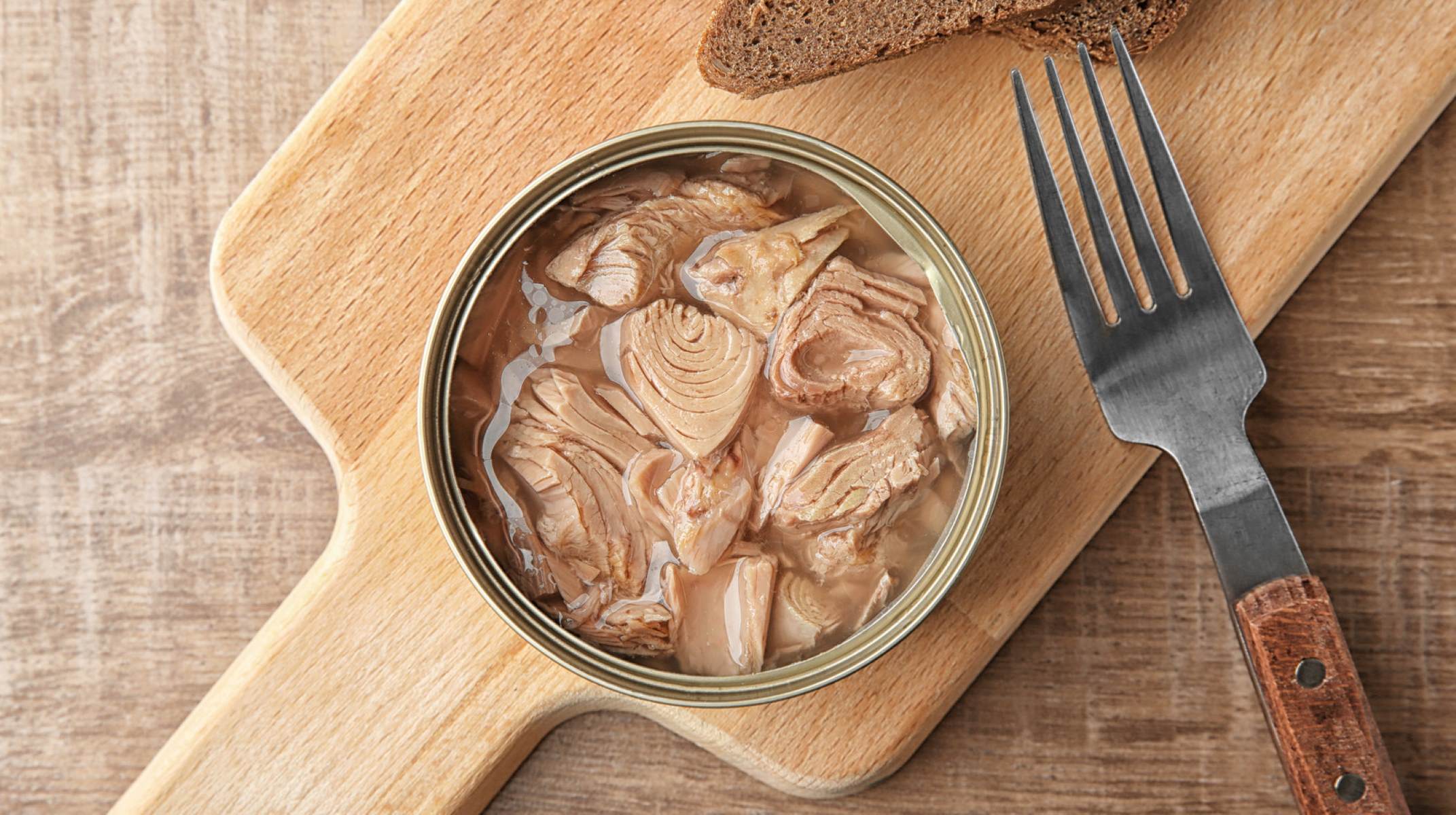

Articles
How To Store Tuna
Modified: February 16, 2024
Learn different methods of storing tuna for long-lasting freshness and taste with these informative articles.
(Many of the links in this article redirect to a specific reviewed product. Your purchase of these products through affiliate links helps to generate commission for Storables.com, at no extra cost. Learn more)
Introduction
Tuna is a popular and versatile fish that is enjoyed by many seafood lovers around the world. Known for its rich flavor and firm texture, tuna can be prepared in various ways, from grilling and searing to adding it to salads and sandwiches. However, to fully appreciate the taste and quality of tuna, it is crucial to store it properly.
In this article, we will explore the different types of tuna, how to choose fresh tuna, and the best ways to store it to maintain its freshness and flavor. Whether you have just purchased fresh tuna from the market or have some leftover cooked tuna, these tips will help you maximize its shelf life and ensure you can enjoy it at its best.
Key Takeaways:
- Choose fresh tuna by evaluating freshness indicators like bright eyes and vibrant skin. Properly store fresh tuna in the refrigerator to maintain its quality and enjoy it within 1-2 days for the best flavor and texture.
- Extend the shelf life of tuna by freezing it in airtight containers and thawing it gradually in the refrigerator. Store canned tuna properly, and use appropriate containers to refrigerate or freeze cooked tuna for future consumption.
Read more: How To Store Tuna Salad
Types of Tuna
Tuna belongs to the mackerel family and is available in several different species. While there are many varieties of tunas, four main types are widely consumed.
- Skipjack Tuna: Skipjack tuna, also known as Katsuwonus pelamis, is a small-sized tuna that is commonly canned. It has a mild taste and a slightly darker flesh compared to other tuna varieties. Skipjack tuna is often used in dishes like salads, sandwiches, and casseroles.
- Yellowfin Tuna: Yellowfin tuna, scientifically known as Thunnus albacares, is a larger species of tuna that is highly prized for its rich flavor and firm texture. It has a yellow dorsal fin and is often used in sushi, sashimi, and grilled tuna steaks.
- Albacore Tuna: Albacore tuna, also referred to as Thunnus alalunga, is a white-meat tuna known for its mild flavor and delicate texture. It is often canned and used in tuna salads, sandwiches, and pasta dishes.
- Bluefin Tuna: Bluefin tuna, scientifically named Thunnus thynnus, is one of the most sought-after tuna species due to its incredible taste and fatty flesh. It is commonly used in high-end sushi and sashimi preparations. Bluefin tuna is further divided into three subtypes: Atlantic bluefin, Pacific bluefin, and Southern bluefin.
Each type of tuna offers a unique flavor profile and texture, making them suitable for various culinary preparations. When storing tuna, it is essential to consider the specific type and its characteristics to ensure optimal freshness and taste.
Choosing Fresh Tuna
When buying tuna, it is crucial to select fresh, high-quality fish to ensure the best flavor and texture. Here are some tips for choosing fresh tuna:
- Buying from reputable sources: Purchase tuna from reputable fishmongers or markets known for their fresh seafood. This ensures that the fish has been handled and stored properly.
- Evaluating freshness indicators: Check for signs of freshness, such as bright and clear eyes, vibrant skin, and shiny scales. Fresh tuna should have a moist, firm flesh with no discoloration or blemishes.
- Examining the appearance and smell: Fresh tuna should have a mild, oceanic aroma. Avoid fish with a strong fishy or ammonia-like smell, as it may indicate spoilage. The flesh should be translucent and not slimy.
By following these guidelines, you can be confident in selecting fresh tuna that will yield the best results in your dishes. Remember that freshness is key when it comes to seafood, as it greatly contributes to the taste and overall enjoyment of the meal.
Storing Fresh Tuna
To maintain the freshness and quality of fresh tuna, proper storage is essential. Here are some guidelines for storing fresh tuna:
- Refrigerating fresh tuna: As soon as you bring fresh tuna home, it should be refrigerated promptly. The ideal temperature for storing fresh tuna is between 32°F (0°C) and 39°F (4°C).
- Wrapping and storing in the refrigerator: Wrap the tuna tightly in plastic wrap or place it in an airtight container to prevent exposure to air and moisture. This helps to retain its moisture and prevent the fish from drying out.
- Proper temperature settings: Set your refrigerator to a colder setting, closer to the lower end of the temperature range, to ensure that the tuna stays fresh for a longer period. Avoid storing fresh tuna in the door or near temperature fluctuations.
It is important to note that fresh tuna is highly perishable, and it is best to consume it within 1-2 days of purchasing. Proper storage can help prolong its freshness, but it is still recommended to cook and enjoy it as soon as possible for the best flavor and texture.
Freezing Tuna
If you have fresh tuna that you cannot consume within a few days, freezing is an excellent option to prolong its shelf life. Here are some steps to follow when freezing tuna:
- Preparing tuna for freezing: Start by washing the tuna thoroughly and patting it dry with paper towels. Remove any bones or dark areas. If desired, you can cut the fish into portion-sized pieces for easier handling.
- Using airtight containers or freezer bags: Place the prepared tuna in airtight containers or freezer bags. Make sure to remove as much air as possible before sealing to prevent freezer burn. If using freezer bags, lay them flat to maximize freezer space.
- Labeling and dating frozen tuna: Before placing the tuna in the freezer, label the containers or bags with the date of freezing. This will help you keep track of the tuna’s freshness and ensure that older portions are used first.
Frozen tuna can be stored in the freezer for up to 3-4 months without significant changes in quality. Beyond that, the texture and flavor may start to deteriorate. Remember to thaw frozen tuna properly before using it to maintain the best taste and texture.
Store tuna in the coldest part of the refrigerator, ideally below 40°F (4°C). If the tuna is fresh, use it within 1-2 days. If it’s cooked, it can last 3-4 days. For longer storage, freeze it in an airtight container for up to 3 months.
Read more: How To Store Canned Tuna
Thawing Frozen Tuna
When it comes to thawing frozen tuna, it is important to do it correctly to preserve its texture and flavor. Here are two methods you can use to thaw frozen tuna:
- Defrosting in the refrigerator: The safest method for thawing frozen tuna is to transfer it from the freezer to the refrigerator. Place the sealed container or bag of frozen tuna in the refrigerator and allow it to thaw slowly over 24 hours or overnight. This gradual thawing process helps maintain the fish’s moisture and texture.
- Using the cold water method: If you need to thaw tuna quickly, you can use the cold water method. Ensure that the fish is in a leak-proof bag or container. Fill a large bowl with cold water and submerge the tuna in the water. Change the water every 30 minutes to keep it cold. It usually takes about 1-2 hours for the fish to thaw using this method.
It is important to note that once thawed, you should not refreeze the tuna. Thawed tuna should be used immediately or cooked within a day or two to ensure the best quality and prevent bacterial growth.
Canned Tuna Storage
Canned tuna is a convenient and versatile option that can be stored for a longer period. Here are some tips on how to properly store both opened and unopened canned tuna:
- Properly storing opened canned tuna: Once you have opened a can of tuna, transfer any remaining contents to a covered container. Store it in the refrigerator to keep it fresh. Consume the opened canned tuna within 2-3 days.
- Storing unopened canned tuna: Unopened canned tuna can be stored in a cool, dry place such as a pantry or kitchen cabinet. Ensure that the cans are kept away from direct sunlight and heat sources. Check the expiration date before consuming.
- Checking for signs of spoilage: Before using canned tuna, always check for signs of spoilage. Discard any cans that are bulging, leaking, or have a foul odor. Additionally, if the tuna looks discolored or has an off-putting texture, it is best not to consume it.
Canned tuna has a longer shelf life compared to fresh or frozen tuna. However, it is still essential to monitor the expiration dates and inspect the cans for any signs of damage or spoilage to ensure your safety and enjoyment of the product.
Storing Cooked Tuna
If you have leftover cooked tuna and want to store it for later use, it is important to store it properly to maintain its quality. Here are some guidelines for storing cooked tuna:
- Refrigerating cooked tuna: Allow the cooked tuna to cool down to room temperature before refrigerating it. Place the tuna in a covered container or wrap it tightly in plastic wrap, ensuring it is well-sealed. Store it in the refrigerator and consume it within 2-3 days.
- Freezing cooked tuna: If you want to extend the shelf life of your cooked tuna, you can freeze it. First, make sure the tuna has cooled completely. Then, transfer it to airtight containers or freezer bags. It is recommended to divide the tuna into portion-sized servings for easy thawing later. Label the containers or bags with the date of freezing and store them in the freezer.
- Appropriate storage containers: When storing cooked tuna, it is important to use appropriate storage containers. Opt for containers that are airtight and made of freezer-safe material. Glass containers with tight-fitting lids or heavy-duty freezer bags are good options. Avoid using shallow or improperly sealed containers, as they can lead to freezer burn and spoilage.
By following these guidelines, you can extend the shelf life of your cooked tuna and ensure that it remains safe and flavorful for future consumption. Proper storage techniques will help maintain its texture and taste, allowing you to enjoy it in a variety of dishes.
Tips for Prolonging Tuna Shelf Life
To ensure that your tuna stays fresh and flavorful for as long as possible, here are some helpful tips for prolonging its shelf life:
- Avoiding exposure to air and moisture: Tuna is prone to oxidation, which can cause it to spoil quickly. To prevent this, wrap fresh tuna tightly in plastic wrap or store it in airtight containers to minimize its contact with air and moisture. This will help maintain its texture and prevent it from drying out.
- Keeping tuna away from strong odors: Tuna has a delicate flavor that can easily absorb strong odors from other foods in your refrigerator or pantry. To preserve its natural taste, store tuna separately from strong-smelling ingredients like onions, garlic, or pungent spices.
- Checking for spoilage before consumption: Before using any tuna, whether fresh, canned, or cooked, it’s important to check for signs of spoilage. Look for any discoloration, unpleasant odors, sliminess, or a sour taste. If you notice any of these signs, it’s best to discard the tuna as it may be unsafe to eat.
By following these tips, you can maximize the shelf life of your tuna and ensure that it maintains its quality. Whether you’re storing fresh tuna, canned tuna, or cooked tuna, proper storage and careful inspection before consumption will help you enjoy this delicious and nutritious fish for longer periods.
Read more: How To Store Canned Tuna After Opening
Conclusion
Proper storage plays a crucial role in maintaining the freshness and flavor of tuna, whether it’s fresh, canned, or cooked. By following the guidelines outlined in this article, you can prolong the shelf life of your tuna and ensure that it remains safe and enjoyable to eat.
When choosing fresh tuna, it’s important to buy from reputable sources and evaluate freshness indicators like appearance and smell. Storing fresh tuna in the refrigerator at the right temperature and in airtight containers helps maintain its quality.
If you have excess fresh tuna that you can’t consume within a few days, freezing is a great option. Properly preparing, packaging, and labeling the tuna before freezing will ensure that it maintains its freshness and can be safely consumed later. Thaw frozen tuna gradually in the refrigerator or use the cold water method for quicker defrosting.
Canned tuna is a convenient option and can be properly stored by transferring opened cans to covered containers and refrigerating them. Unopened cans can be kept in a cool, dry place. Always check for signs of spoilage before consuming canned tuna.
Cooked tuna can be stored in the refrigerator or freezer, depending on how long you want it to last. Use appropriate containers to ensure freshness and prevent freezer burn. When storing cooked tuna, it’s important to follow the recommended storage times for optimal quality.
To prolong the shelf life of your tuna, remember to avoid exposure to air and moisture, keep it away from strong odors, and always check for signs of spoilage before consuming.
By following these tips and best practices, you can make the most out of your tuna, whether it’s fresh, canned, or cooked. Enjoy the versatility and deliciousness of this popular seafood, knowing that it’s stored and preserved in the best possible way.
Frequently Asked Questions about How To Store Tuna
Was this page helpful?
At Storables.com, we guarantee accurate and reliable information. Our content, validated by Expert Board Contributors, is crafted following stringent Editorial Policies. We're committed to providing you with well-researched, expert-backed insights for all your informational needs.
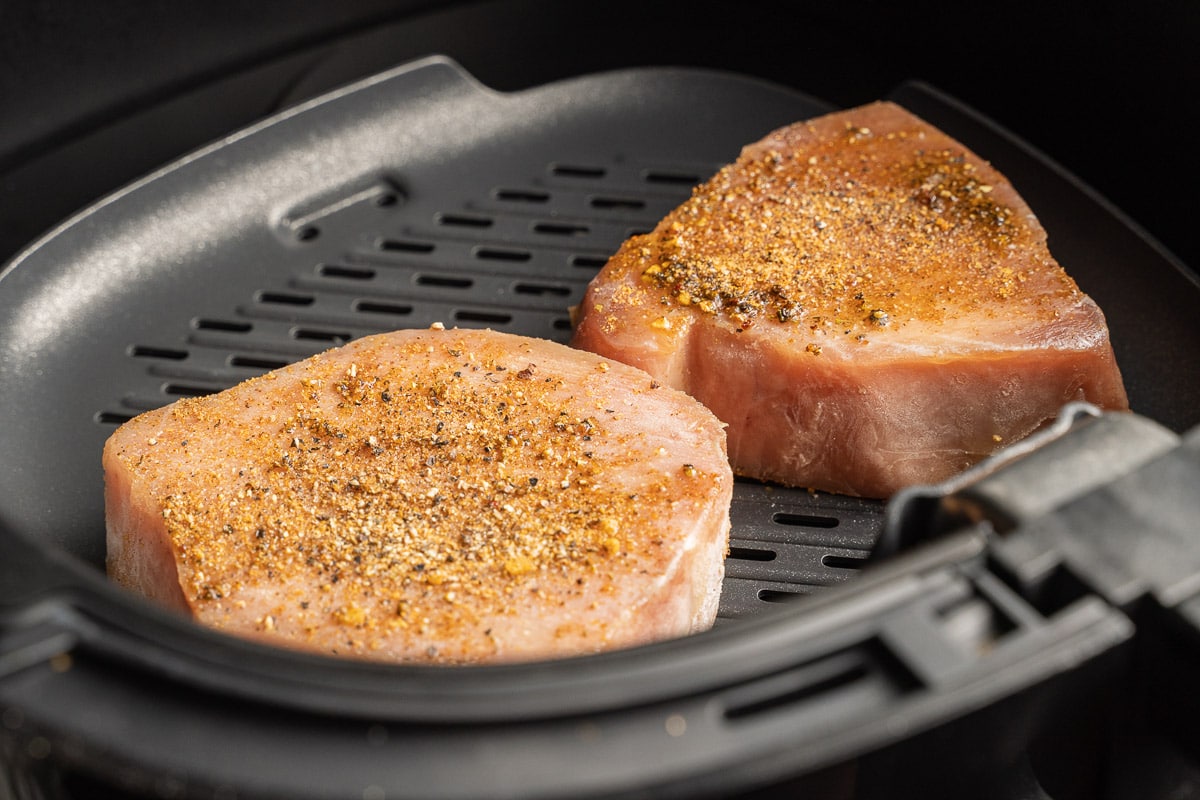
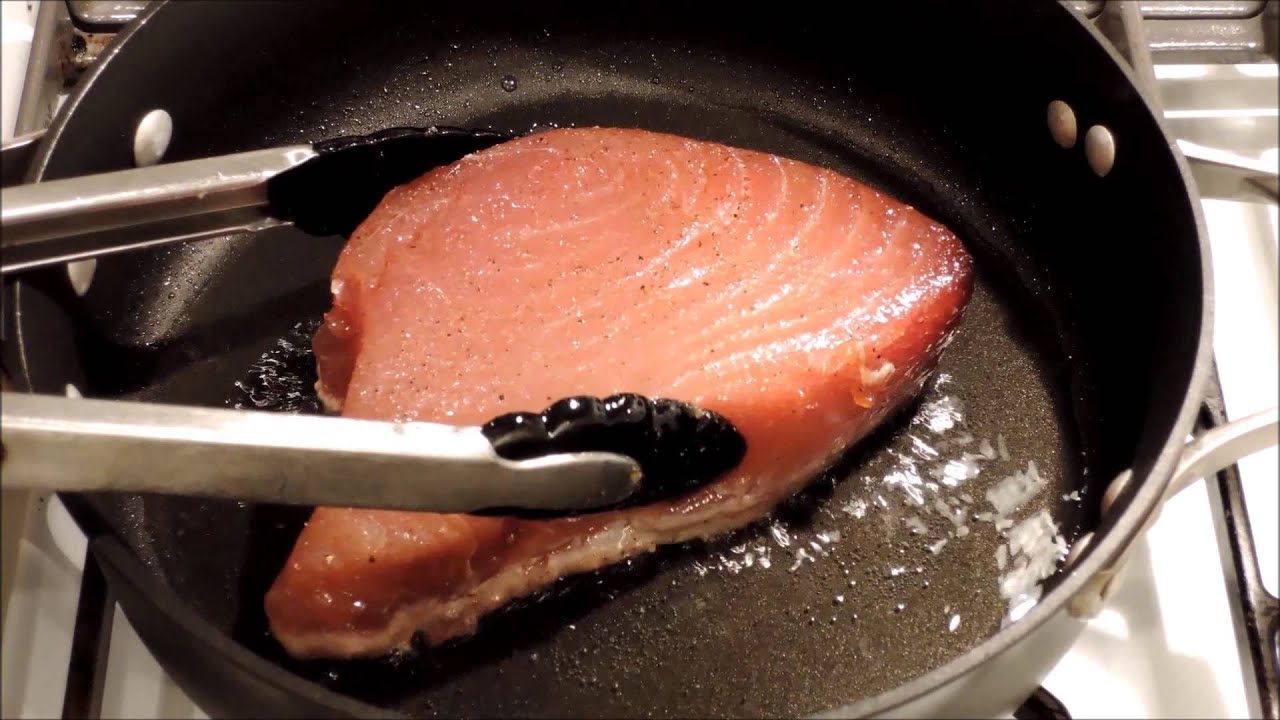
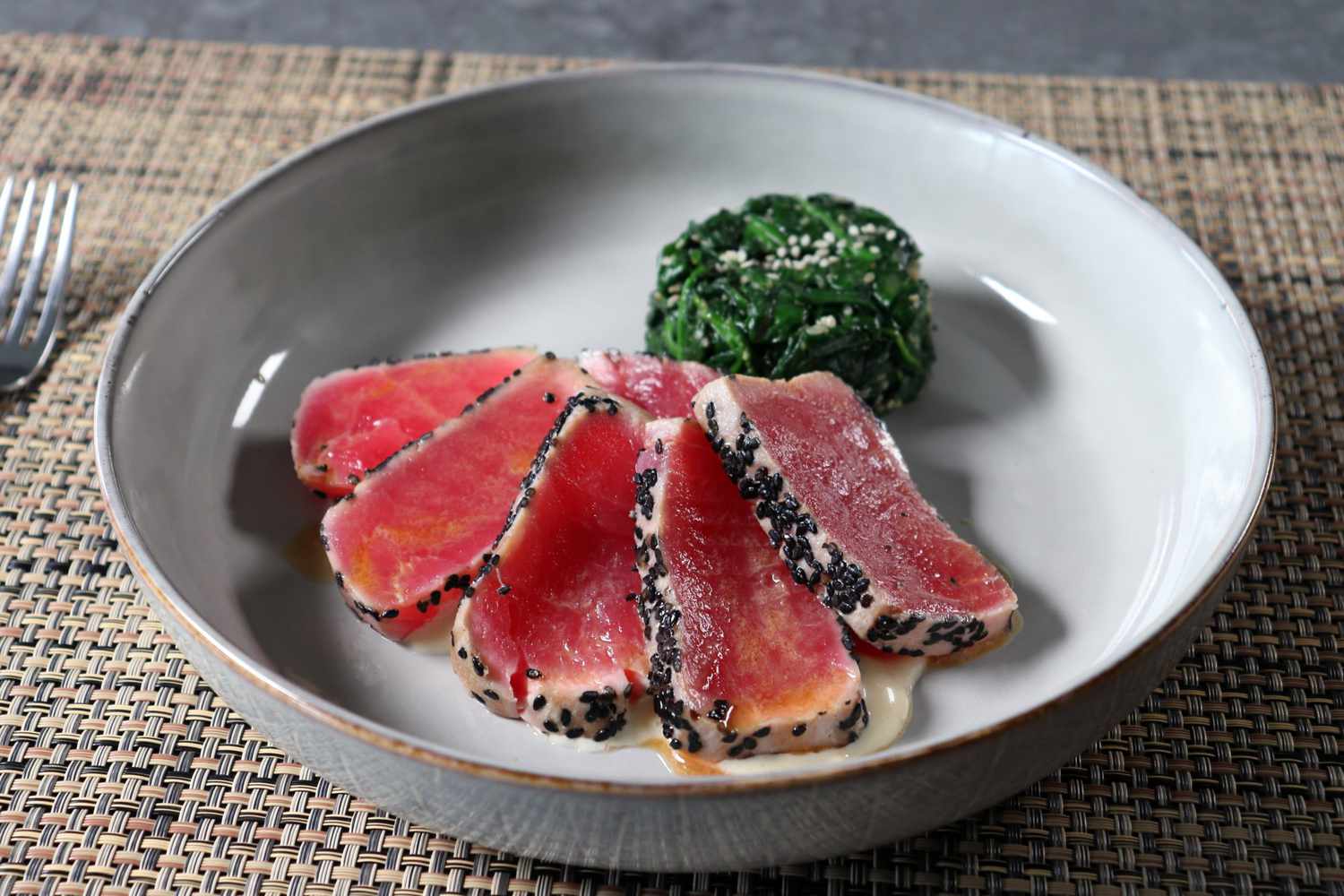
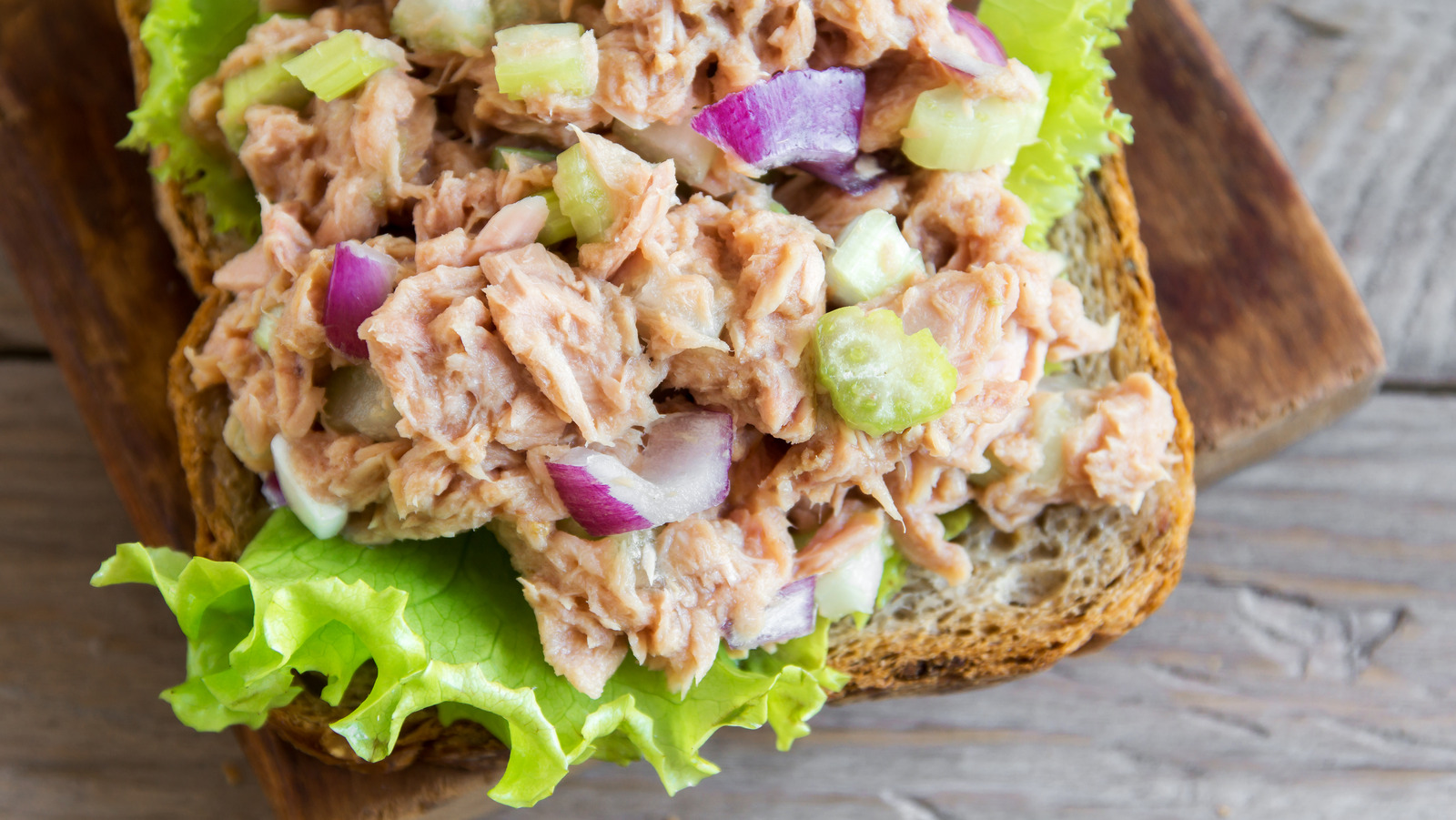




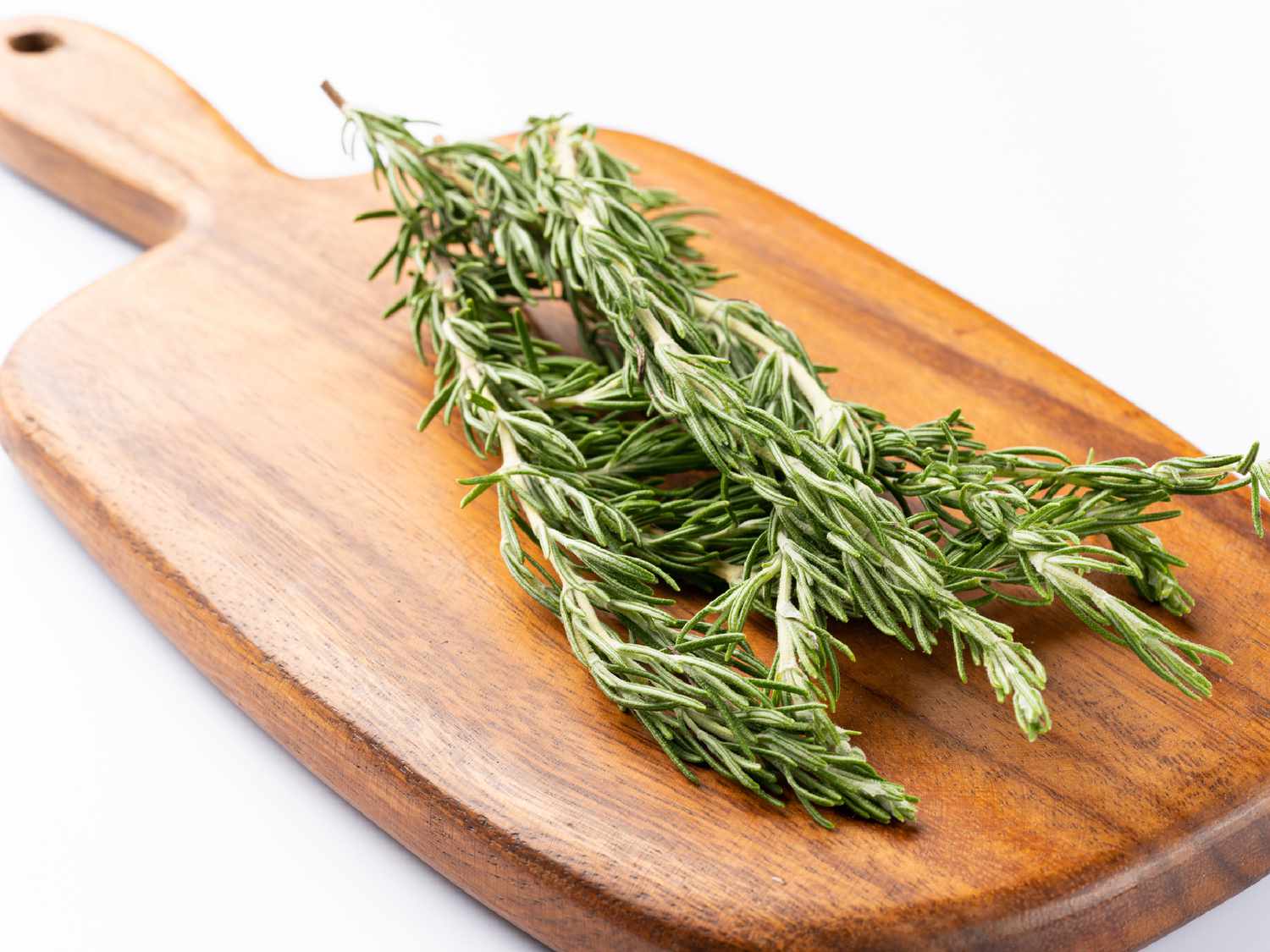
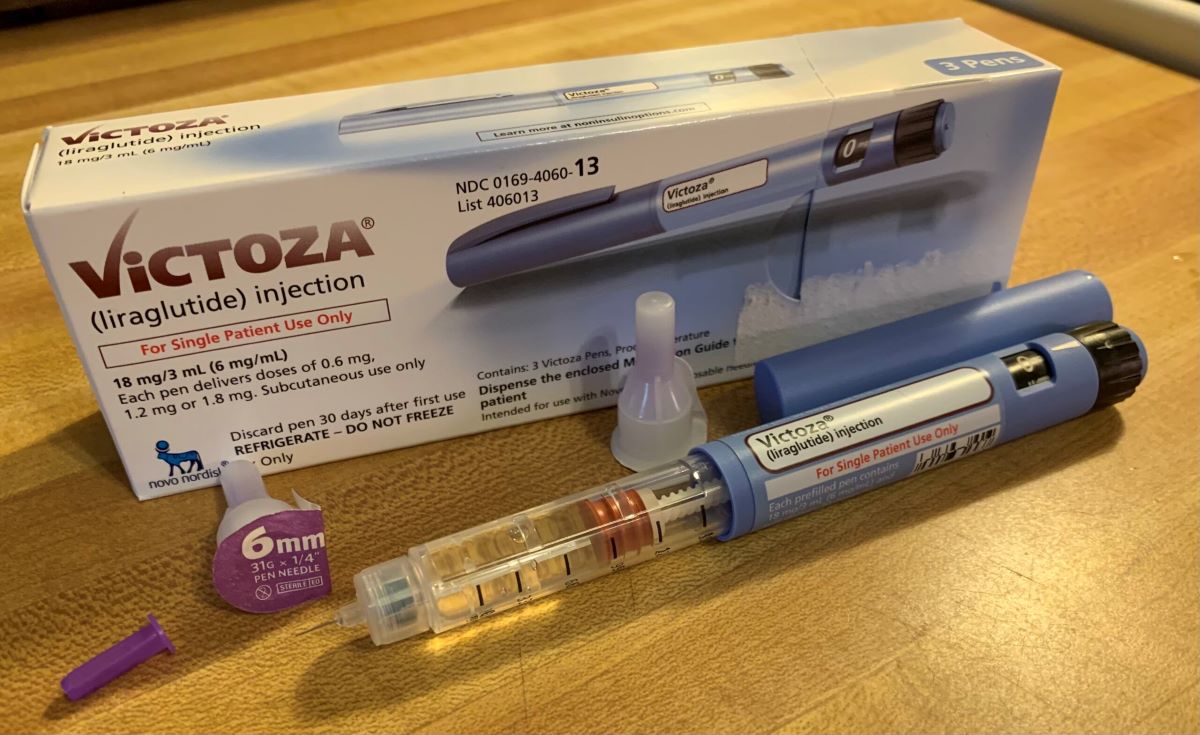




0 thoughts on “How To Store Tuna”